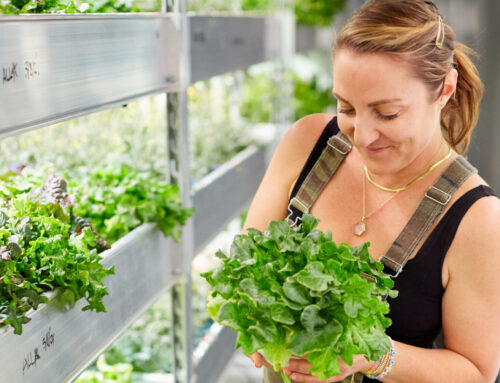Catching up on the end of the year in wine:
• Expect to see wine prices increase steadily throughout 2008, in much the way they did this year. A dollar that is at historic lows means imported wine — whether from Australia, Chile, or France — could cost as much as 20 percent more, while California producers seem content to match the price increases. Case in point: The current vintage of Veramonte sauvignon blanc, a dependable $8 wine from Chile, is $11.
• The new versions of the Big House wines are, sadly, disappointing. Big House red, white and pink were sold by cheap wine guru Randall Grahm last year, and the new owners have kept the labels but not the quality of the wine. It’s decent grocery store stuff now, but not the Hall of Fame wine that Grahm produced.
• Holiday wine: One of my favorite winemakers is Stephane Vivier at HdV Wines in Napa, who provides value for price — not something one sees a lot in Napa. The HdV De La Guerra chardonnay (about $30) somehow combines California-style fruitiness with Burgundian refinement (also something one doesn’t see much of in Napa.) This is a very nifty wine that will pair with holiday turkey or be a wonderful gift.
• Dessert wine doesn’t get the respect it should in the United States, mostly because it’s expensive and even more difficult to figure out than table wine. The holidays are an opportune time to sample dessert wines, which are generally sweet and luscious. One of my truly guilty pleasures is Jackson-Triggs Proprietors’ Reserve Vidal Icewine 2005 ($20 for a 187-ml bottle). Icewine is made by letting the grapes freeze on the vine, which concentrates the sugar.
• A great year for Gascogne wine. One of the few good things about rising wine prices is that many savvy importers are bringing in $10 white wine from Gascony in southwest France. I haven’t had a bad one yet. They’re crisp, fruity and clean — perfect food wines. Availability is spotty, but look for Domaine Duffour and Domaine des Cassagnoles.
WITH YOUR WINE: Merlin’s cornbread-chicken dressing
(A reprint from last month, since we failed to print the correct directions.) There is no actual recipe for this dish. Merlin Kleinpeter, one of the best cooks I ever knew, did it all from feel and never wrote it down. But this is pretty close, and one year, I’ll get it exactly right. This makes enough to stuff a 12-pound turkey, plus extra to bake by itself.
Makes 8-10 cups; takes about an hour
8 cups day-old cornbread
2 cups chopped onions
1 cup chopped bell peppers
1 cup chopped celery
2 cloves chopped garlic
1-2 cups cooked chicken, torn into pieces
1-2 cups chicken stock
2 eggs
Salt, black pepper and cayenne pepper to taste
1. Saute the onions, peppers and celery in 4 tablespoons olive oil until soft. Add the garlic, and saute for 30 seconds. Remove from heat.
2. Put the corn bread and cooked chicken in a large bowl. Add the sautéed vegetables, the salt, cayenne and black pepper, and mix well.
3. Add one egg and one-quarter cup of stock. Mix well. The stuffing should be very moist. If it’s not, add the second egg and enough stock until it is — about the consistency of thick oatmeal.
4. Stuff the turkey and cook until the turkey is done. Or bake covered in a greased casserole dish at 350 degrees for 20-30 minutes until almost firm. Remove the cover, and bake 5-10 minutes until the top is brown.
Ask the wine guy
What makes red wine red and white wine white?
It’s not the color of the grape; rather, it’s the color of the skin. If you peel a grape, they all look the same — transparent. Red wine gets its color because the grapes are crushed with the skins. White wines are crushed with the skins for a much shorter period, or the skins aren’t used at all.






